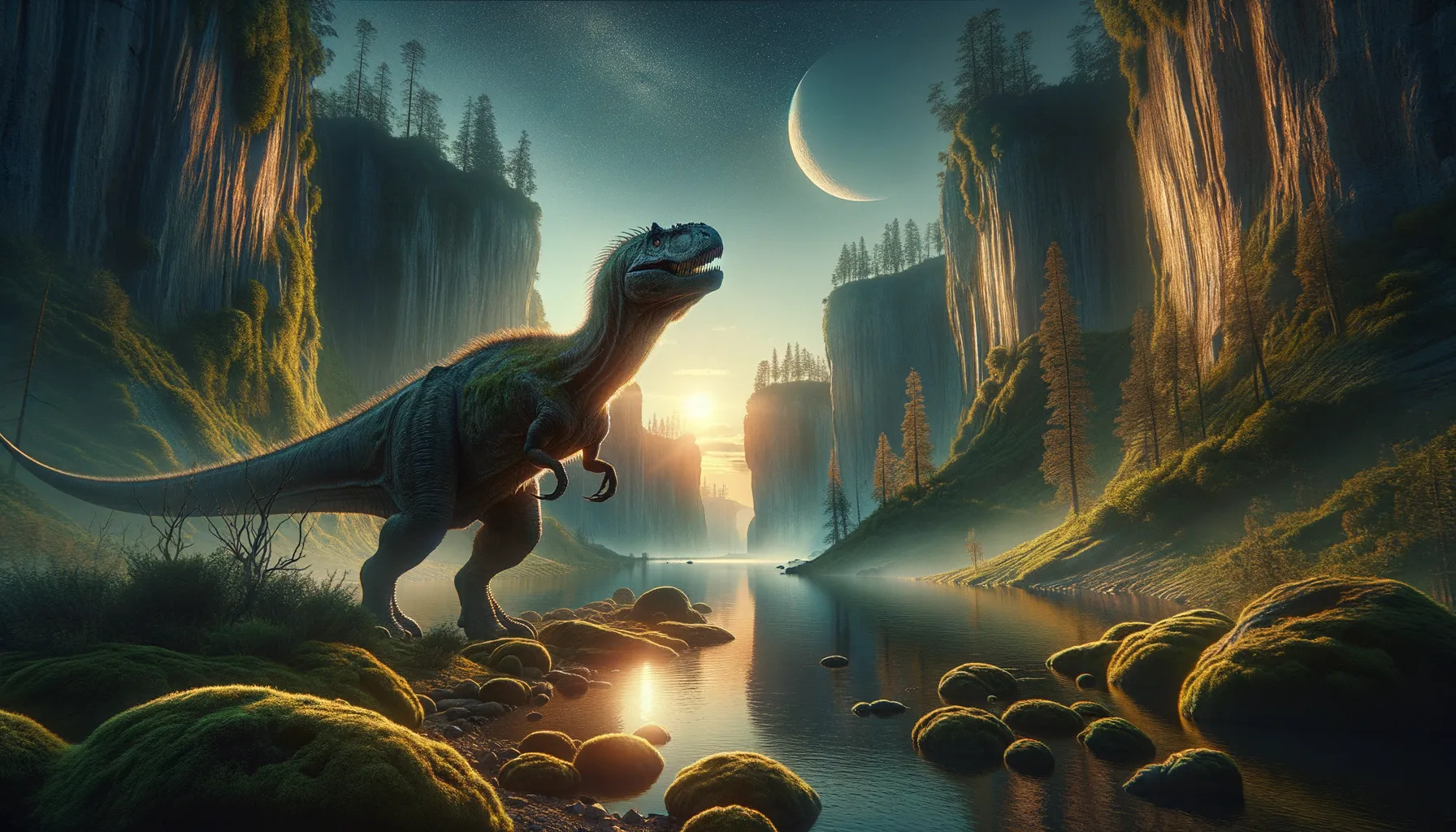
Clasmodosaurus
A mysterious giant of the ancient past.
Period
Cretaceous
Length
Estimated around 4 meters from fragmentary remains.
Height
Unknown due to fragmentary remains.
Weight
Insufficient fossil evidence to estimate weight.
Clasmodosaurus, known only from limited fossil evidence, is a mysterious dinosaur from the Cretaceous period. It was first discovered in Argentina by Friedrich von Huene in 1914. Due to the scarcity of remains, much about its life, speed, and exact classification remains shrouded in mystery. However, it provides valuable clues to the dinosaurian ecosystem of its era, sparking curiosity among paleontologists.
Diet
Clasmodosaurus' diet is not well-documented, but it is thought to have been a herbivore. It likely fed on the abundant plant life of its Cretaceous habitat.
Hunting
There is no evidence suggesting Clasmodosaurus was a predator. Its presumed herbivorous diet means it likely spent its time foraging for plants.
Environmental challenges
Clasmodosaurus would have faced the typical environmental challenges of the Cretaceous period, such as climate fluctuations and competition for resources. Given the fragmentary nature of its remains, detailed specifics on its reactions to these challenges remain elusive. The evolving landscape and emerging plant types might have influenced its feeding patterns. Adapting to these changes would have been crucial for their survival.
Speed
Unknown due to limited evidence.
Lifespan
Not enough data to determine lifespan.
First discovery
Discovered by Friedrich von Huene in Argentina, 1914.
Fun Facts
- Clasmodosaurus is known from very limited fossil remains, making it a mysterious dinosaur puzzle for paleontologists.
- This dinosaur lived during the Late Cretaceous period, approximately 70 million years ago.
- Clasmodosaurus is believed to have been a plant-eater, much like other members of its broader family group.
- Despite its intriguing name, which suggests 'broken teeth lizard', not much is known about its actual dental structure.
- The first discovery of Clasmodosaurus bones was made in Argentina, highlighting the rich prehistoric life of South America.
- Clasmodosaurus may not have been the largest dinosaur, but its elusive nature captures the imagination of both scientists and dinosaur enthusiasts.
- As of now, Clasmodosaurus holds a special place in the ongoing research to understand dinosaur ecology and evolution.
Growth and Development
Information on Clasmodosaurus' growth and development is scarce due to the limited fossil specimens available. It likely followed a growth pattern typical of herbivorous dinosaurs, with juveniles gradually reaching maturity. Fossil evidence might suggest incremental growth stages, but more research is needed. Understanding its development could provide further insights into its life cycle and ecological role.
Habitat
Clasmodosaurus inhabited environments in what is now South America. During the Cretaceous, the habitat would have been teeming with diverse flora. This dinosaur's environment was likely characterized by warm climates, contributing to lush vegetation. The richness of its habitat would have supported its dietary needs but also posed competition and predation challenges.
Interaction with other species
With its presumed herbivorous nature, Clasmodosaurus likely coexisted with other plant-eating dinosaurs and various Cretaceous predators. The predator-prey dynamics and competition for resources would have influenced its behavior and possibly social interactions. Herbivorous dinosaurs often developed strategies to evade larger predators, though specific interactions remain speculative due to limited fossils.
Natural lifespan
The natural lifespan of Clasmodosaurus remains uncertain.
Reproduction
Like many dinosaurs, Clasmodosaurus would have laid eggs, though specific nesting behaviors are not documented. Little is known about its reproductive strategies due to the sparse fossil record. Potentially, it may have shown typical dinosaur nesting care, with juveniles possibly receiving protection from adults. Understanding its reproductive habits remains speculative.
Social behaviour
Data on Clasmodosaurus' social behavior is minimal. Some herbivorous dinosaurs showed herd-like behaviors for protection, but current evidence is inconclusive for Clasmodosaurus. Social structures, if any, would have had evolutionary advantages in its environment. Future discoveries may provide insights into potential social dynamics.
Fossil locations
Clasmodosaurus fossils were primarily discovered in Argentina. The initial findings date back to a 1914 discovery by Friedrich von Huene. These fossils contribute crucial, albeit limited, information about South American Cretaceous ecosystems. Additional discoveries could extend our knowledge of its distribution and ecological role.
